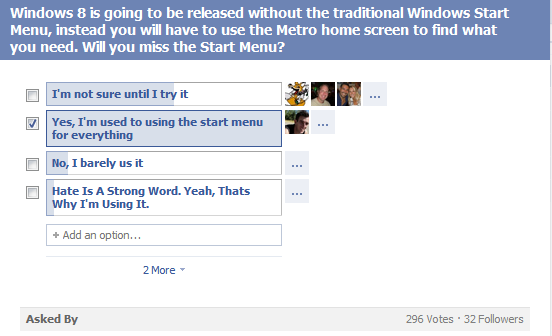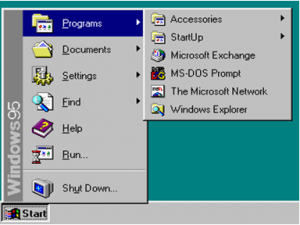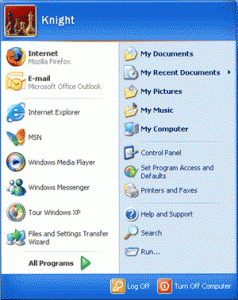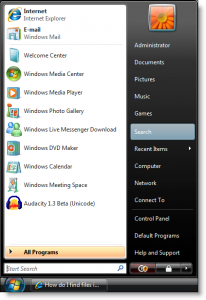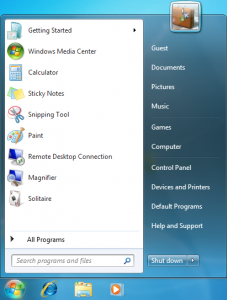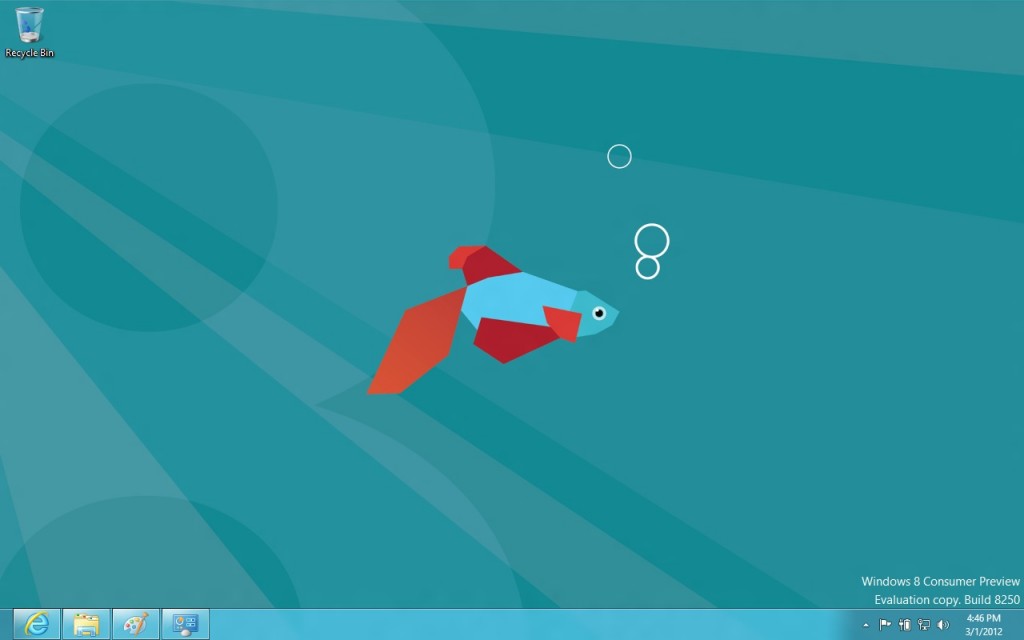-
-
products
-
resources
-
support
-
company
-
The Results are In! People Want the Start Menu in Windows 8
By Mark Beare September 11, 2012survey, windows 86 CommentsA couple weeks ago, we held an informal survey on the ReviverSoft Facebook Page and asked people how they felt about the Windows Start Menu being removed in Windows 8. The Start Menu has been present in Windows since Windows 95 was introduced over 16 years ago. This has been an extremely hot topic in the press; you can see PC World’s opinion here, and track all of the trending discussion about the topic here.
Everyone is welcome to their own opinion, but we were curious as to what the majority of people thought about this change by Microsoft, so we asked the following question to our Facebook fans:
“Windows 8 is going to be released without the traditional Windows Start Menu, instead you will have to use the Metro home screen to find what you need. Will you miss the Start Menu?”
The results were interesting, to say the least. With 296 people voting in the survey, only 5% of people said that they will not miss the Start Menu, and they barely use it, with the other 95% of people who voted not so confident about the change. Here is a summary of the votes:
175 people (59%) said that they would miss the Windows Start Menu and they use it for everything
95 people (32%) said they are not sure if they will miss it until they try it (If you want to try it you can find out how here)
16 people (5%) said they will not miss it.
The big questions are going to be: with such a significant amount of people either unsure or certain that they are going to miss the Start Menu, will this impact the amount of people who will upgrade to Windows 8? Only time will really tell here, and you can always choose to not upgrade. Although Microsoft had a flop with the release of Windows Vista, Windows Vista Service Pack 2 and Windows 7 are both very stable and good performing operating systems, and there are few reasons to upgrade from one of these operating systems to Windows 8 unless you really want to. If you are still using Windows XP, you really should consider upgrading. Here are the reasons why.
If you missed the opportunity to place your vote, please feel free to post your comments on this post, we always love to hear from you!
For those interested, here is a graphical history of the evolution of the Windows Start Menu:
Windows 95
The first introduction of the Start Menu. Allowed easy navigation for programs and recently used documents.
Windows XP
Windows XP’s Start Menu introduced a frequently used and favorite programs section when opened, as well as more shortcuts for items most used by the average user.
Windows Vista
In windows Vista Microsoft debuted the search bar in the Start Menu, allowing for quicker access to programs, files and settings as long as you knew what you were looking for.
Windows 7
Only design tweaks between Windows Vista and Windows 7 for the Start Menu.
Windows 8
Taken from the consumer preview. This is same as the RTM (Release To Manufacturing) version that has been released. You can see that the desktop mode of Windows 8 has no Start Menu.
Mark
Was this post helpful?YesNoFree Driver Updates
Update your drivers in less than 2 minutes to enjoy better PC performance - Free.
Free Driver Updates
Update your drivers in less than 2 minutes to enjoy better
PC performance - Free.
Didn't find your answer?Ask a question to our community of experts from around the world and receive an answer in no time at all.most relevant recent articles Pin It on Pinterest
